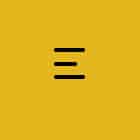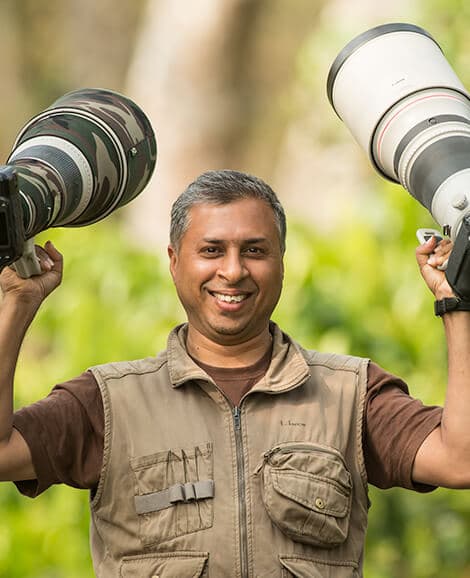The one big challenge for any beginner in photography is – what camera / lens to purchase. There is nothing called as the best camera or lens. The best camera is the one which you can afford. It also depends on what you want to shoot. But as beginners, I am sure you may not have any specific genre in mind to shoot. You like to shoot anything and everything. Let me give you some brief inputs for choosing the right equipment for your purpose.
Different Genres of Photography:
Let us understand some of the genres of photography which we see around:
1. Wildlife
2. Birds
3. Landscape
4. Street
5. Portrait
6. Travel
7. Food / Product
8. Sports
9. Candid
10. Macro / close-up
11. Night
12. General (Beginners)
Depending on what you want to shoot, you will have to look at options available to buy the equipment. Obviously you have the camera + lens as a part of your buying option. I would recommend to put 80% of your budget on the lens and 20% on the camera.
CAMERA SELECTION:
Here are some inputs for camera buying.
Camera Types
The first step towards camera buying is to understand the two different kind of formats available in DSLR segment. You have the full frame sensor camera and the crop sensor camera.
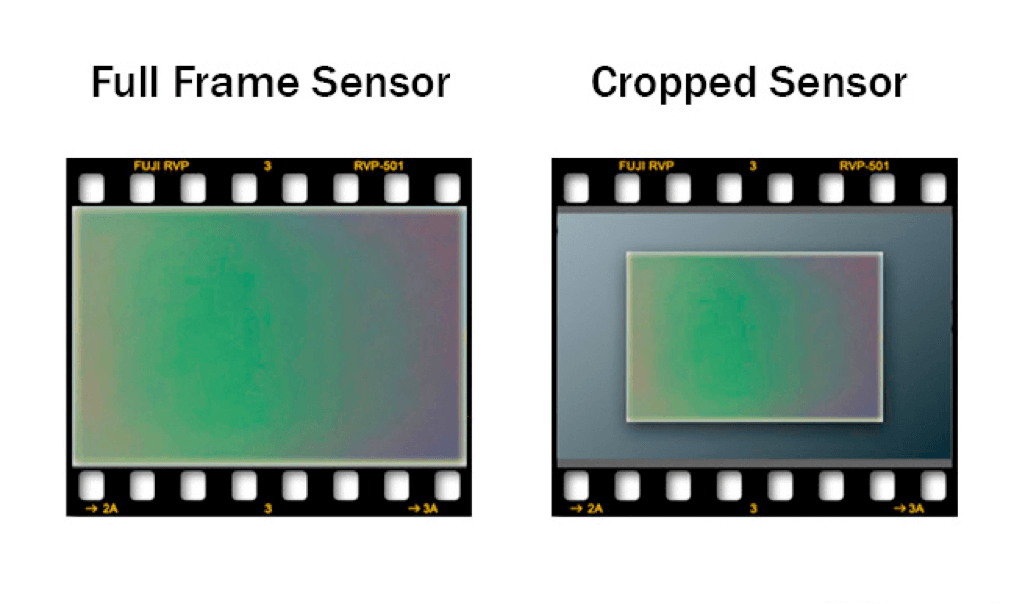
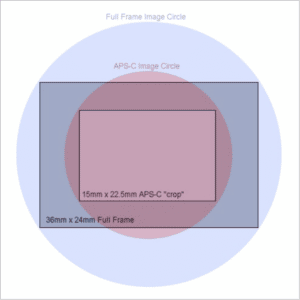
Back in the film days, the size of the film or the negative was 24mm x 36mm. A full frame camera sensor is one whose size is same as that film. The crop sensor camera is usually referred by it’s crop factor. Canon, Nikon and other camera manufacturers have 1.5x, 1.3x, 1.6x or 2x and so on.
In simple terms, when you put a 100mm lens on a full frame camera, what you see through the view finder is the view of that 100mm lens. When you put a 100mm lens on a crop factor camera of say 1.6x, then the view you see through the view finder is that of a 160mm (100mm x 1.6 = 160mm) lens mounted on a full frame body.
When you are choosing a camera to buy, you need to keep the below points in mind:
1> Camera Resolution

You seriously do not have to worry about this unless you plan to submit your images to stock photography, doing commercial photography or plan to crop your images a lot. Megapixel does not have a major role for most beginners. Do not worry about this.
2> Frames Per Second

This feature is important in case you plan to do a lot of Wildlife / Action photography, sports or birds in flight kind of shooting. For most other genre of photography, this is not a feature you need to have.
3> Number of focusing points

The more number of focusing points you have (especially the cross type sensors), the better it is. Of course, this is quite helpful if you are mainly into Wildlife / Action, Sports or birds in flight as you have better control for composition. For most other genre of photography where the subject is static and not moving, having less focusing points is not an issue. The focusing sensors (cross type or dual cross type) plays an important role for your auto focusing, especially in low light situations. If you plan to do a lot of low light photography where your subject is moving, then you need to check the specification of your camera to find out what kind of focusing sensor it has. It is always recommended to go for Dual Cross type and then cross type.
4> ISO Performance

The higher the ISO, the more noise you get in your image depending on the sensor quality. Good ISO performance cameras are quite important if you are shooting in low light like Wildlife, Events, Wedding, Evening street photography and the likes. For all other genre of photography, this is of no concern. Of course, as long you are using a tripod to shoot still images in low light, then not to worry.
5> Full frame v/s Crop Sensor body

We have briefly seen the key difference between a full frame and crop sensor bodies. Full frame bodies are expensive compared to it’s counter part. In general, full frame sensor have better image quality and have better high ISO performance. With the crop factor body, you get the focal length magnification which is good to get better reach where you cannot afford the 500mm or the 600mm lens.
LENS SELECTION
This is the tough part. As I have said, put in 80% of your budget on lens buying.
Some of the important factors influencing the lens buying are:
1. Focal Length
2. Aperture
3. Lens Mount / Format
4. MTF Chart
5. YOUR BUDGET
The different types of lens available and their field of application are:
1. Ultra Wide Angle Lens
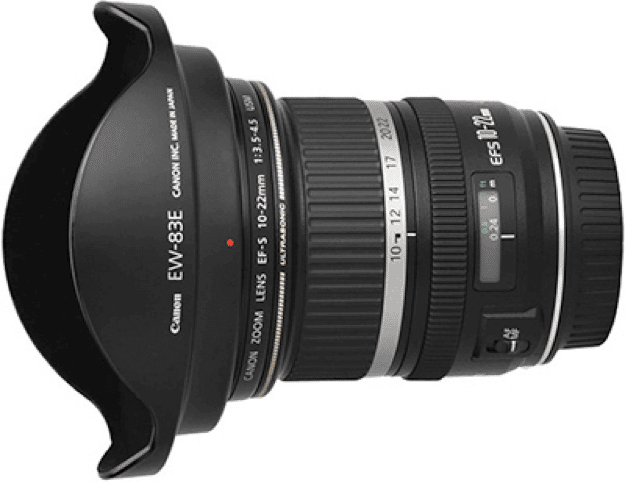
– These are of focal length 10mm, 14mm and so on.
– These lens are useful for photographing very wide perspective images from a close distance.
– These lens are also used to photograph landscapes using hyperfocal distance concept.
– Useful for home interiors, architecture, buildings etc.
2. Wide Angle
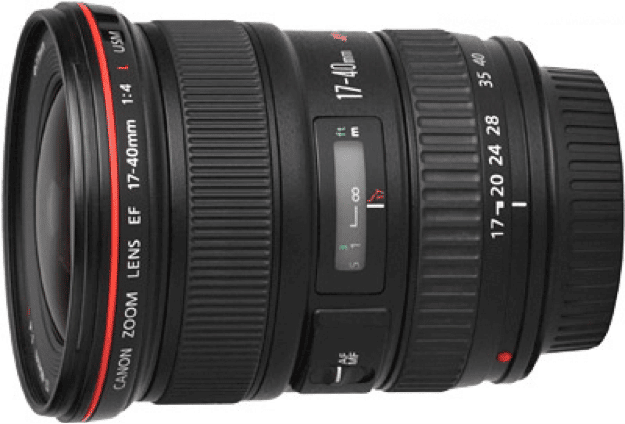
– A wide angle lens is one which is less than 50mm.
– A f2.8 or lower aperture wide angle lens is good for indoor hand held shooting. Cost is high.
– Wide angle lens are most useful for landscape photography, street photography, general events, family functions etc.
3. Standard
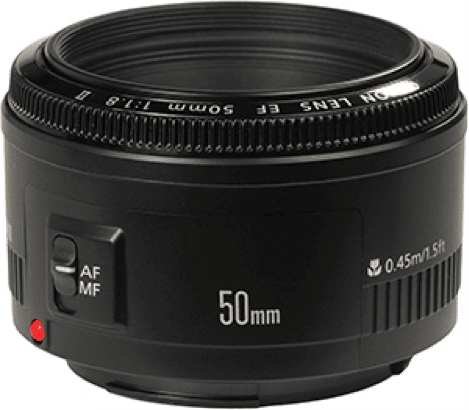
– A 50mm lens is called as a standard lens.
– The 50mm f1.8 lens from Canon / Nikon is a good option for budget buying costing around Rs 7,000 (USD $150)
– This is most useful for close-up portrait of people. This can also be used for landscape, street, product / food and advertising photography.
4. Short Telephoto Zoom
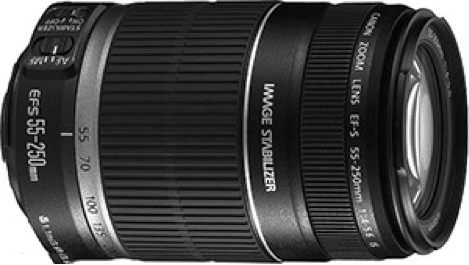
– Any lens of focal length longer than 50mm is called as a telephoto lens.
– A focal length of range 50-300 is most suitable for any beginner.
– The 55-250mm range focal length is the lens you should invest in if you are under tight budget.
– Your field of use includes Landscape, Street, Portraits, Close-ups, Product / Food, Wildlife (mammals), Birds (limited), Travel, Wedding / Events, Candid and for general photography.
5. Medium Telephoto Zoom
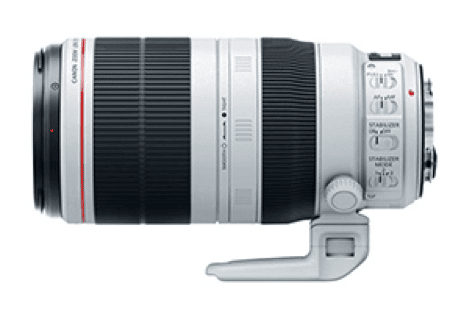
– A focal length of 100 to 400mm is your medium tele photo lens.
– Good for Street, portraits, close-ups, Wildlife, Birds (limited), Travel, Sports (limited), Candid photography.
– Of course the 400mm f2.8 is the most suitable lens for Wildlife and sports photography. Quite expensive.
6. Super Telephoto
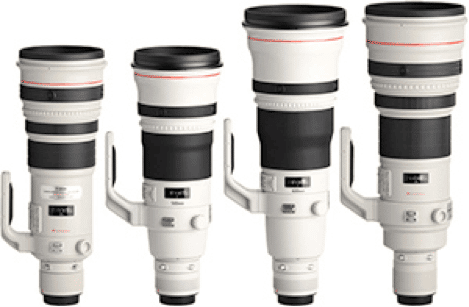
– These are the biggies like 500mm, 600mm and the 800mm.
– These are best suited for Wildlife, Birds, Sports, Candid and even close-ups (shooting from far distance).
7. Zoom
– A zoom lens has the flexibility of multiple focal length and you can carry one lens compared to multiple lenses.
– Fixed focal length lens are supposed to be optically best in image quality compared to zoom lens.
– A zoom lens like the 70-200 f2.8 is one of the worlds best lens for street, landscape, wildlife (showing the habitat).
– The 100-400 or the 80-400 is most suited for general wildlife.
– The new set of lens in the range of 150-600 is what most people prefer now a days for wildlife.
8. Macro

– These are specialised lens which can focus at very close range and provide extremely good details.
– As the name says, this is best suited for macro photography.
Based on your budget, you need to choose the camera / lens suitable for you. Good luck!
Please do subscribe to our online photography tutorials to learn all the core fundamentals of photography and also be part of the community (advanced plan) to participate in various discussions, ask queries related to photography, post your images for review and critique and interact with Sudhir and his team.

We recommend Amazon India website for your online camera lens shopping. Visit below link to get onto Amazon India Website:
Amazon India Website – Camera and Accessories Shopping
